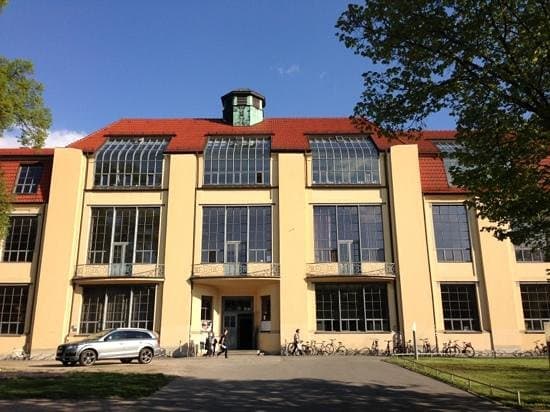
Van de Velde Building Bauhaus-Universität Weimar
The historic Van de Velde Building, the original home of the influential Bauhaus school, showcasing revolutionary 20th-century art and design.
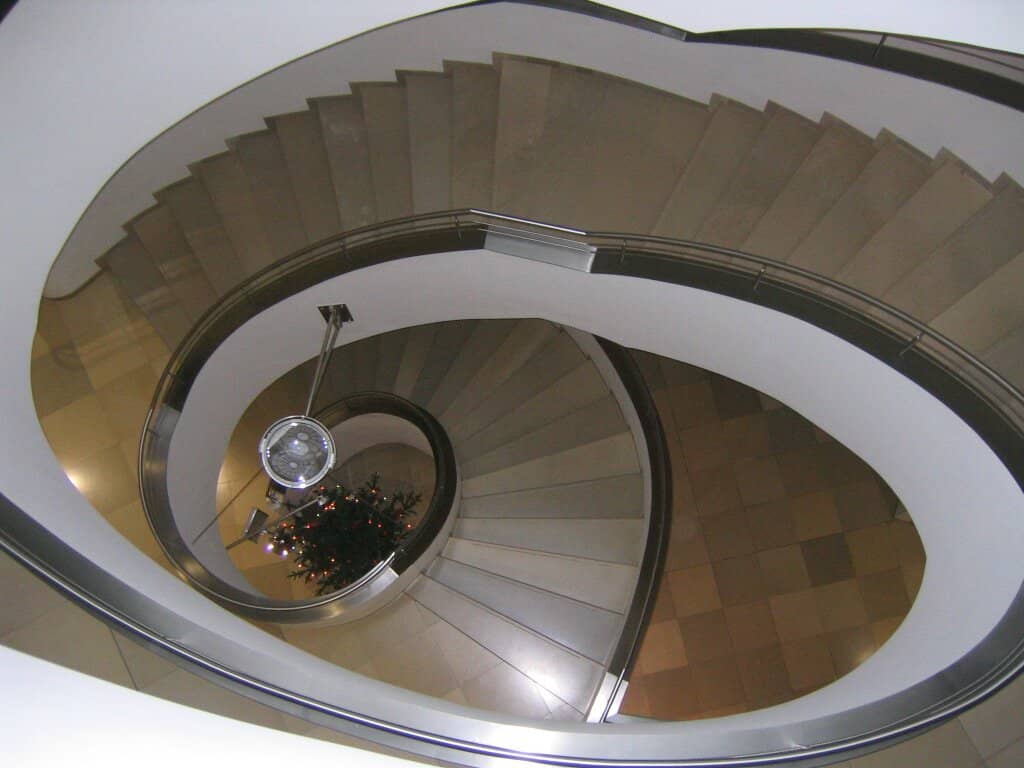
Highlights
Must-see attractions
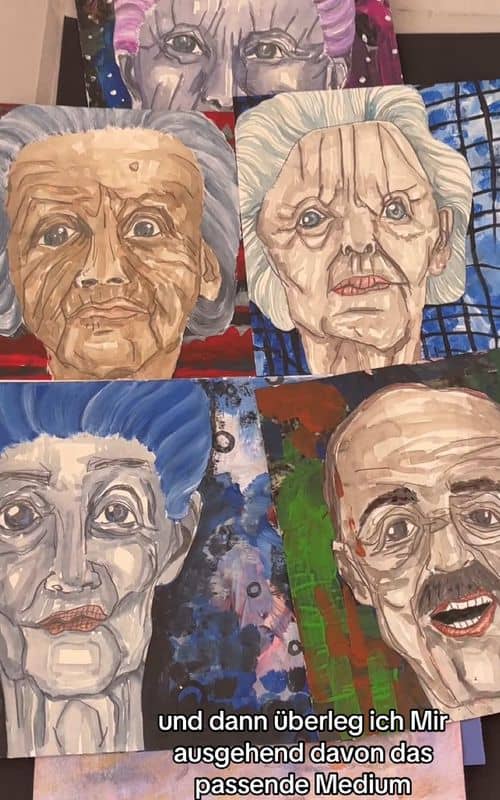
Social
From TikTok & Reddit
Best Time
Fewer crowds, better photos

Van de Velde Building Bauhaus-Universität Weimar
Best Time
Fewer crowds, better photos

Highlights
Must-see attractions
The historic Van de Velde Building, the original home of the influential Bauhaus school, showcasing revolutionary 20th-century art and design.
"A cornerstone of Bauhaus history, this building is an architectural highlight and a must-see for design enthusiasts."
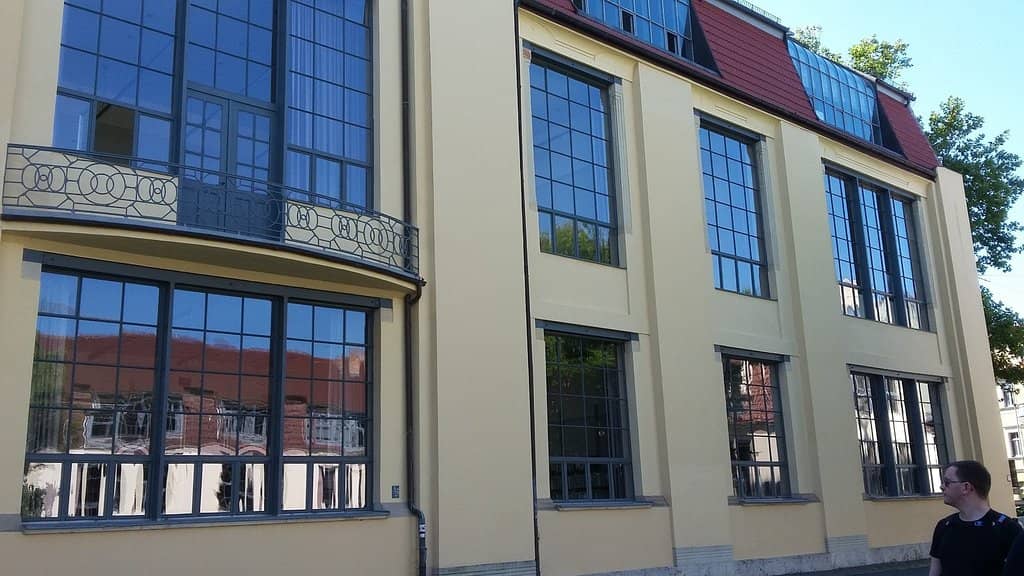
📸 Capture the Iconic Design
Don't miss sketching or photographing the famous armchair; it's a key piece of Bauhaus interior design.
🏛️ Explore the Artful History
Ask about the reconstruction of the Walter Gropius Room for a deep dive into Bauhaus leadership.
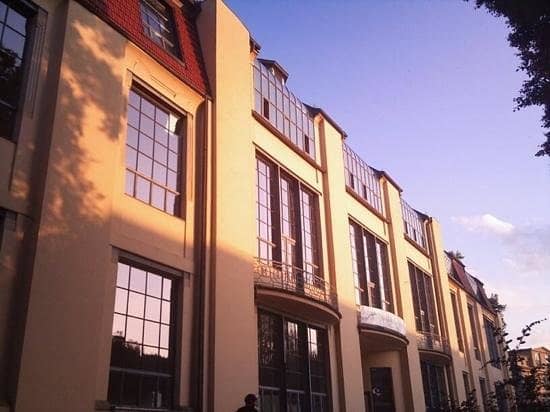
Highlights
Discover the most iconic attractions and experiences
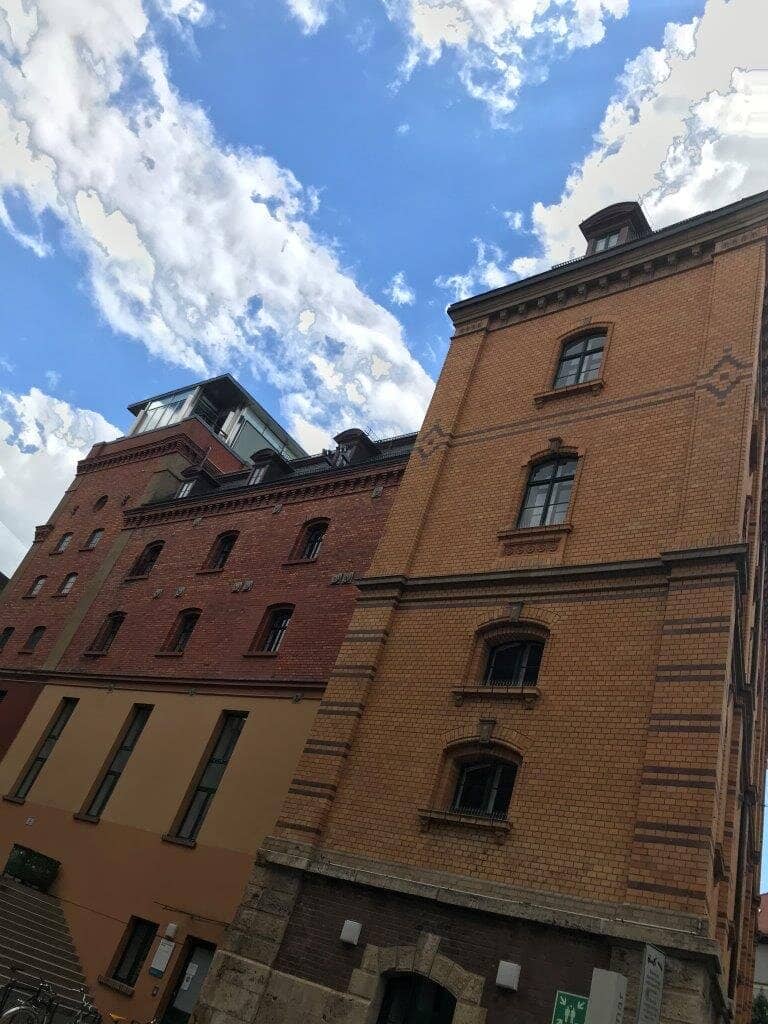
Walter Gropius Room
Van de Velde Building
Step into the reconstructed director's room, a testament to Bauhaus functionalism and iconic design.
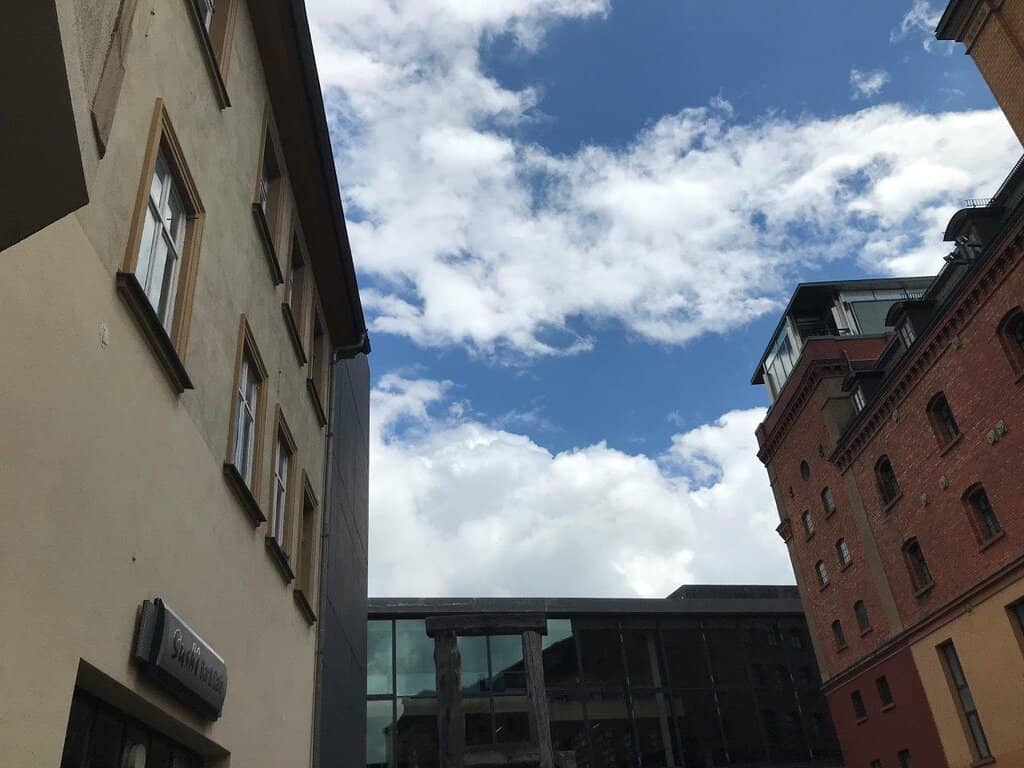
Oskar Schlemmer Murals
Van de Velde Building
Admire the vibrant murals by Oskar Schlemmer, showcasing the Bauhaus integration of art and architecture.
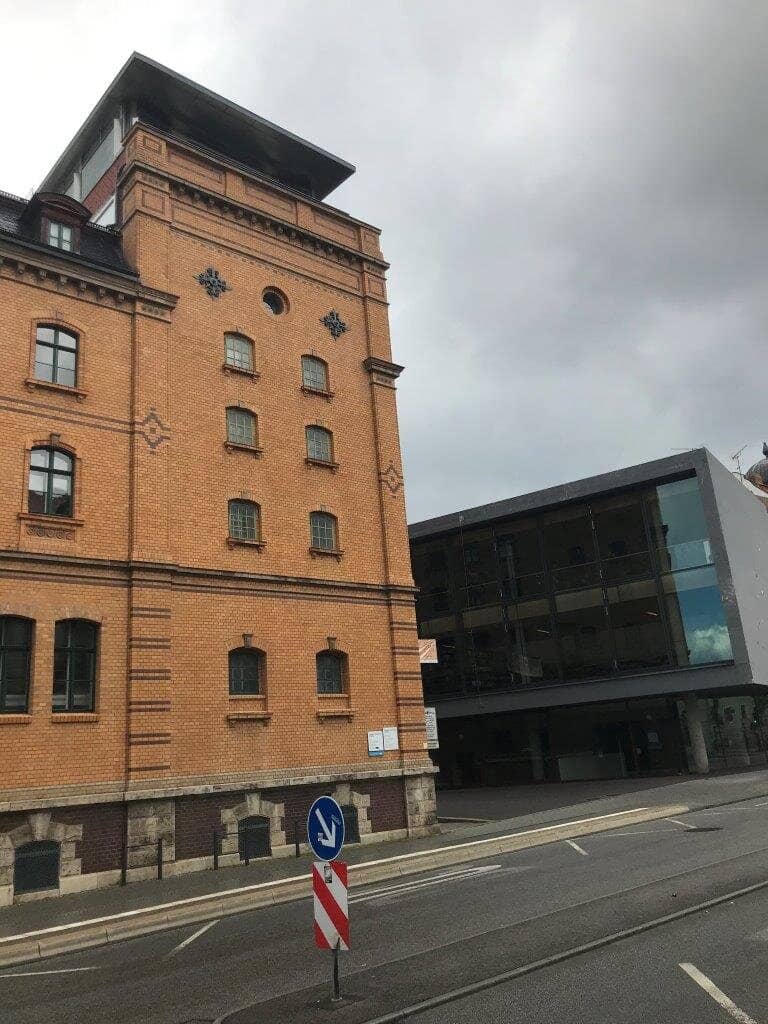
Iconic Bauhaus Architecture
Exterior and Interior
Experience the clean lines and functional aesthetics that defined the Bauhaus movement, a true architectural highlight.
Plans like a pro.
Thinks like you
Planning Your Visit
Embrace the Bauhaus Legacy
Timing Your Architectural Exploration
Best Times
Insider Tips
from TikTok, Instagram & Reddit
📸 Capture the Iconic Design
Don't miss sketching or photographing the famous armchair; it's a key piece of Bauhaus interior design.
🏛️ Explore the Artful History
Ask about the reconstruction of the Walter Gropius Room for a deep dive into Bauhaus leadership.
🎨 Admire Schlemmer's Murals
Seek out the striking murals by Oskar Schlemmer, a vital part of the building's artistic narrative.
🚶♀️ Wander Weimar's Art Scene
Combine your visit with exploring Weimar, known as the 'home of the high art of Bauhaus'.
Tips
from all over the internet
📸 Capture the Iconic Design
Don't miss sketching or photographing the famous armchair; it's a key piece of Bauhaus interior design.
🏛️ Explore the Artful History
Ask about the reconstruction of the Walter Gropius Room for a deep dive into Bauhaus leadership.
🎨 Admire Schlemmer's Murals
Seek out the striking murals by Oskar Schlemmer, a vital part of the building's artistic narrative.
🚶♀️ Wander Weimar's Art Scene
Combine your visit with exploring Weimar, known as the 'home of the high art of Bauhaus'.
What Travellers Say
Reviews Summary
Visitors praise the Van de Velde Building for its significant architectural contributions and its role as the historic home of the Bauhaus school. The building is recognized as an architectural highlight, offering a glimpse into the revolutionary design principles of the era. Some visitors note that while the architecture is impressive, deeper engagement might require guided tours or specific exhibitions.
"Nice university, great architecture. It was great to give a conference and concert there."
JULIEN OTTAVI
"By far one of the best Fine Arts Institutes in Europe."
Alek
"I studied here during a summer language course in 1986 and enjoyed the experience, fascinating time to be there plus it was my first overseas experience."
Philip Cook
What People Like
What People Dislike
Frequently Asked Questions
🚇 🗺️ Getting There
The Van de Velde Building is part of the Bauhaus-Universität Weimar. It's generally accessible by public transport within the city. Many visitors arrive in Weimar by train, and then it's a short walk or bus ride to the university campus.
Parking in Weimar can be limited, especially near the university. It's recommended to check the Bauhaus-Universität Weimar's official website for the most current parking information or consider using public transportation.
Yes, Weimar is a very walkable city. Depending on your starting point, it's often feasible to walk to the Van de Velde Building from the main attractions in the city center.
Weimar is well-connected by train, making it an easy destination to reach from major German cities. This is often the most convenient and eco-friendly option.
Utilizing local buses is a common and efficient way to navigate Weimar and reach different parts of the university campus, including the Van de Velde Building.
🎫 🎫 Tickets & Entry
Access to certain parts of the Van de Velde Building, particularly for architectural tours or specific exhibitions, may require tickets. It's advisable to check the Bauhaus-Universität Weimar's official website for current access policies and any associated fees.
Opening hours can vary depending on the specific areas within the building and whether there are ongoing events or exhibitions. Always consult the official Bauhaus-Universität Weimar website for the most up-to-date information on visiting hours.
While some areas might be accessible independently, it's often recommended to inquire about guided tours that specifically include the Walter Gropius Room to get the full historical context.
If you are a student, especially from an art or architecture background, inquire about potential student rates or specific access for academic purposes.
For groups or special interest visits, it might be possible to arrange private tours. Contact the university's administration or visitor services well in advance to explore this option.
🎫 🏛️ Onsite Experience
Key features include the iconic armchair designed for the director's room, the striking murals by Oskar Schlemmer, and the overall functionalist design principles that define the Bauhaus style.
Accessibility information for the Van de Velde Building should be sought directly from the Bauhaus-Universität Weimar. Many modern university buildings aim for good accessibility, but it's best to confirm specific needs.
Guided tours are often available and highly recommended to fully appreciate the historical and architectural significance of the building and its connection to the Bauhaus movement.
This building is historically significant as it housed the original Bauhaus school founded by Walter Gropius in 1919, making it a cradle of modern design and architecture.
Photography policies can vary. Generally, personal photography for non-commercial use is permitted, but it's wise to check for any restrictions, especially in exhibition areas or during events.
📸 📸 Photography
Focus on the clean lines of the architecture, the iconic director's armchair, and the details of the Oskar Schlemmer murals. The exterior also offers great perspectives.
Drone usage is typically restricted in urban areas and around educational institutions due to privacy and safety regulations. It's best to assume it's not permitted unless explicitly stated otherwise by the university.
Early mornings or late afternoons often provide softer light and fewer crowds, ideal for capturing the building's architectural details and atmosphere.
Many visitors are drawn to the unique interior designs and the historical context of the building as the birthplace of the Bauhaus movement.
Tripod usage might be restricted to avoid obstructing pathways or damaging surfaces. Check with building management or visitor services upon arrival.
For Different Travelers
Tailored advice for your travel style
👨👩👧 Families with Kids
Consider focusing on the visually striking elements like the iconic armchair or the colorful murals by Oskar Schlemmer, which can capture a child's imagination. Engaging them with stories about how the Bauhaus aimed to make beautiful and useful things for everyone might also spark their interest. If visiting with family, look for any family-friendly exhibitions or guided tours that might be tailored for younger audiences.
🎨 Art & Design Enthusiasts
Immerse yourself in the functionalist architecture and explore the reconstructed Walter Gropius Room and the Oskar Schlemmer murals. These elements offer deep insights into the Bauhaus philosophy of uniting art, craft, and industry. Consider booking a specialized architectural tour to gain a comprehensive understanding of the building's design and its historical context within the Bauhaus legacy.
🏛️ Architecture Buffs
Pay close attention to Henry van de Velde's design, which bridges Art Nouveau and the emerging functionalism that would define Bauhaus. Look for the clean lines, the emphasis on materials, and the innovative spatial arrangements. The reconstruction of the Gropius Room and the Schlemmer murals are also key architectural and artistic elements that showcase the integrated approach of the Bauhaus.
Deep Dives
In-depth insights and expert knowledge
The Genesis of Bauhaus in Weimar
The initial years in Weimar were crucial for establishing the Bauhaus's core principles. The curriculum emphasized a holistic approach, encouraging students to explore various disciplines and collaborate across different fields. This experimental and forward-thinking environment laid the groundwork for what would become one of the most influential art and design movements of the 20th century.
Visiting the Van de Velde Building offers a tangible connection to this pivotal moment in design history. It's a chance to walk the halls where groundbreaking ideas were conceived and to appreciate the architectural vision that embodied the Bauhaus spirit of innovation and functionality.
Architectural Highlights and Artistic Treasures
Inside, the building houses significant artistic works that are integral to the Bauhaus narrative. The reconstruction of the Walter Gropius Room offers a glimpse into the office of the school's founder, showcasing furniture and design elements representative of the era. Equally captivating are the murals by Oskar Schlemmer, a renowned Bauhaus artist known for his work in theater and painting. These murals add a vibrant artistic layer to the architectural space, highlighting the Bauhaus's commitment to integrating art into all aspects of design.
Beyond these specific highlights, the entire building serves as an exhibit of Bauhaus principles. From the iconic furniture, like the director's armchair, to the overall spatial design, every element reflects the movement's dedication to form following function and its impact on modern interior and architectural design.
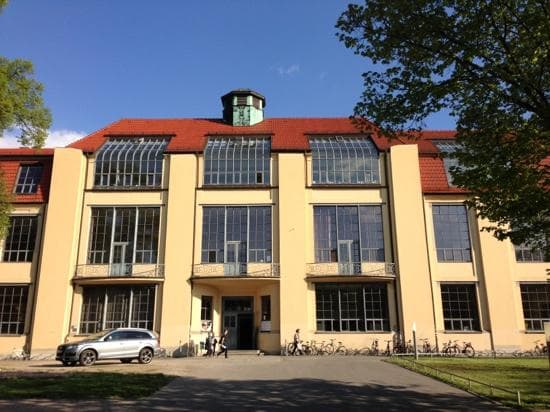
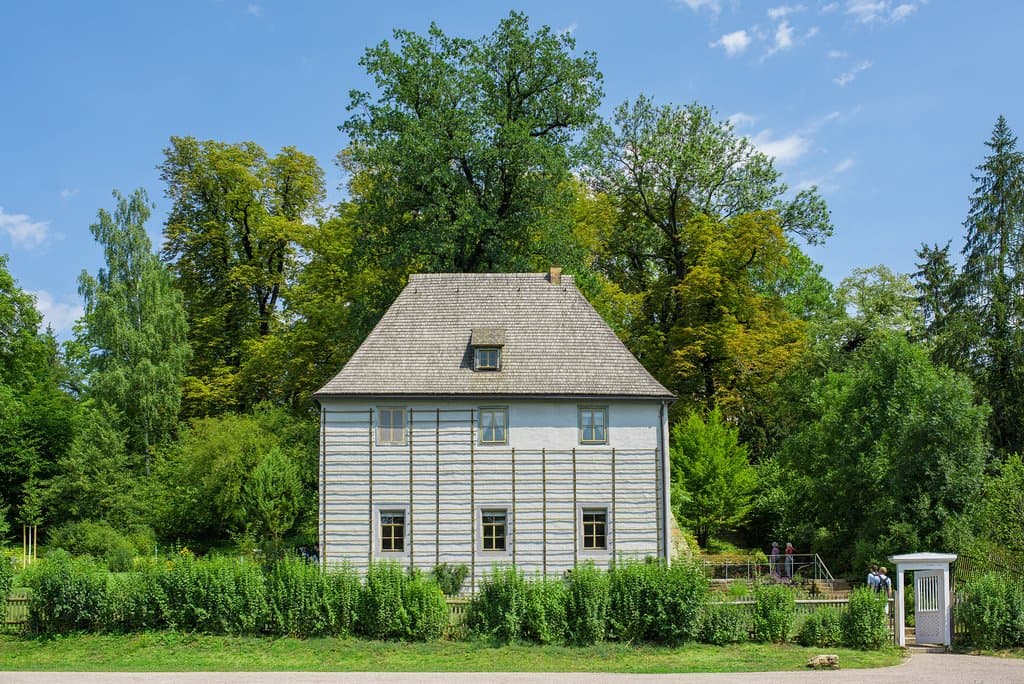
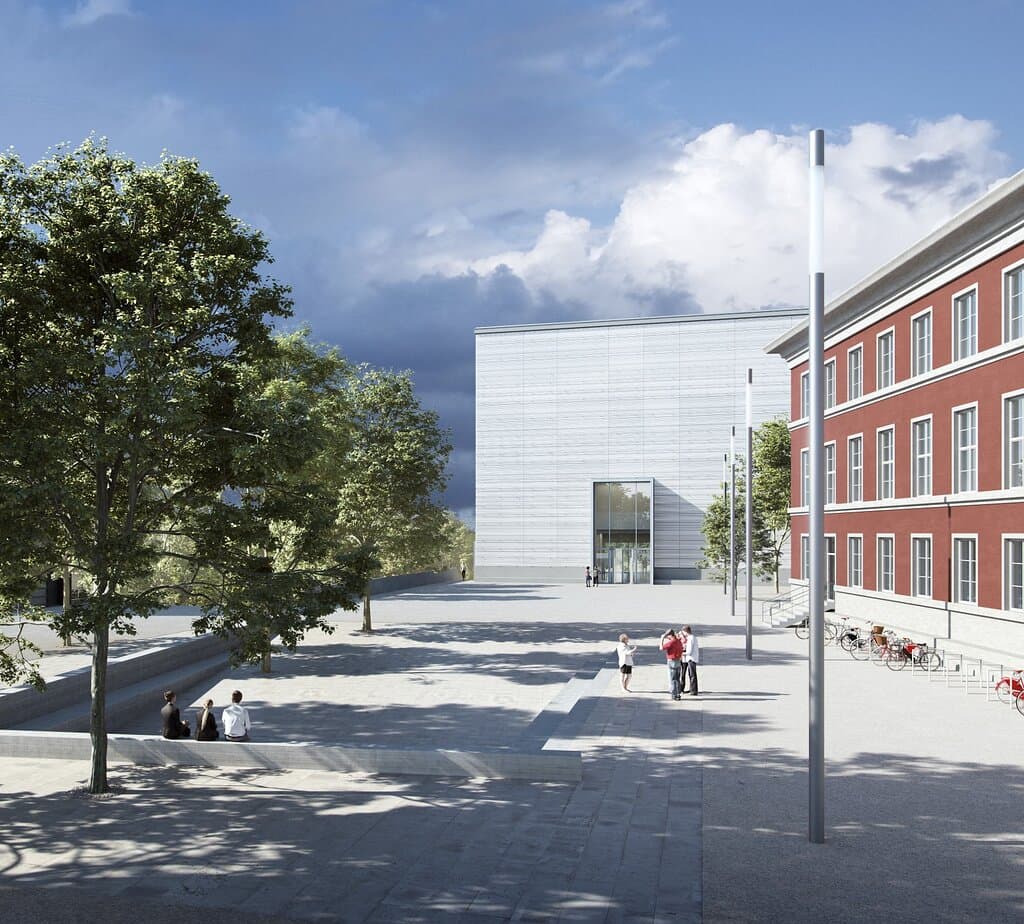

Social
from TikTok, Instagram & Reddit